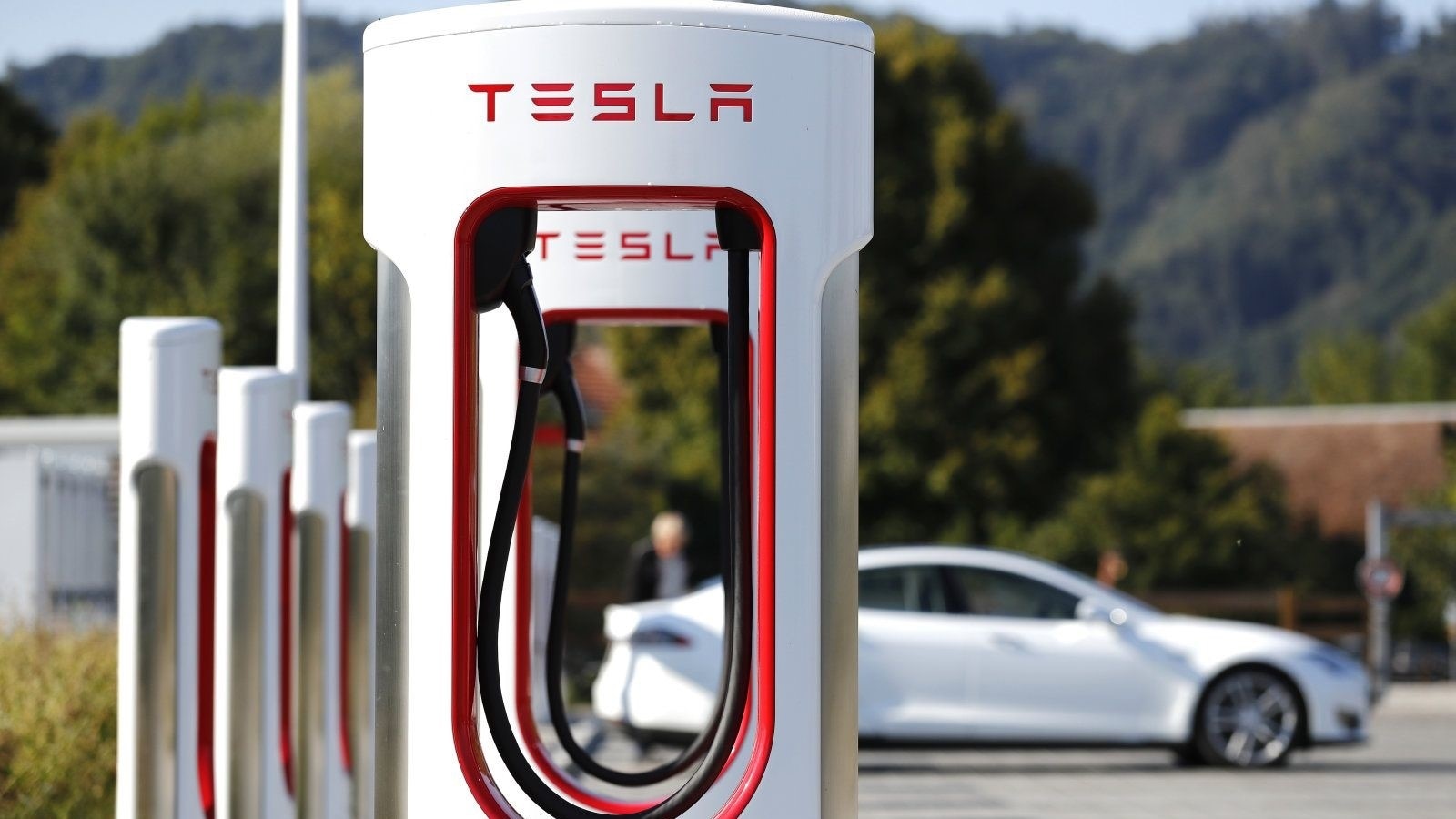Tesla would like owners to stop mixing water and electricity. The company last week warned owners to stop using a trick spread on social media meant to speed up the charging process.
Tesla owners have used internet forums to spread the strange advice. InsideEVs explains, “For almost a decade, some Tesla owners have been putting wet towels or other types of cloth on top of Supercharger cable handles to keep them cool on hot summer days. That trick improved charging speeds,” particularly at older Tesla Superchargers.
KBB – Electric Cars 101: What You Need to Know About EVs
Hot Days Slow Older Chargers
High temperatures can slow an EV charger. That happens by design.
Cables can heat up from the electricity running through them. To protect against them growing dangerously hot, many chargers have a built-in thermometer that tracks cable temperature and slows charging when it’s extremely hot out. Some Tesla drivers learned to counteract the throttling by wrapping the charging cable in a wet towel.
The company warned last week on social media site X that the practice can prevent systems from detecting dangerous issues. Tesla also claimed it doesn’t work to speed charging — something many Tesla owners disputed in comments on the post.
KBB – EV Charging Stations: Everything You Need To Know
However, a reviewer says the company “seems to have changed the way Superchargers interpret the data from all the sensors roughly eight weeks ago, rendering the ‘wet towel trick’ useless.”
The exchange illustrates something worth remembering — everyone is relatively new to EV technology. Even Tesla, the company that built most of the EVs currently on American roads, is still learning how to make the best vehicles and chargers.
InsideEVs notes that newer Telsa chargers have actively cooled cables. In a recent conversation, executives from Electrify America told Kelley Blue Book that simply shielding chargers from the weather with canopies could improve performance and prevent downtime.








